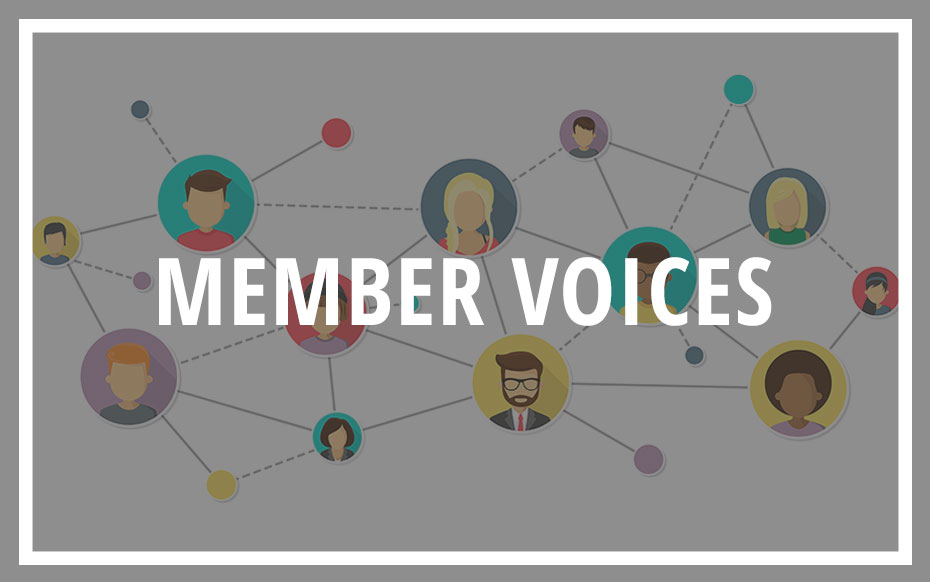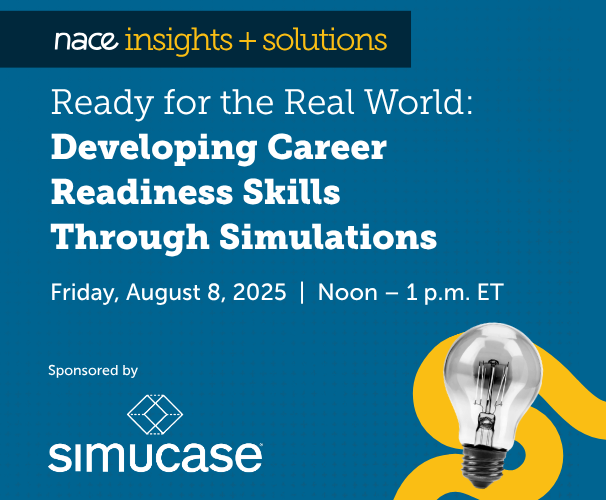Connecting intentionally to other people for the purpose of building your professional network is a skill that students may struggle to see a value in, thinking that having a degree and a solid foundation of a technical skill is all that is necessary to land a job. But as seasoned professionals in the world of work and networking, we know that there is a very good reason the phrase, “it’s not what you know, it’s who you know,” has stood the test of time.
In the spirit of meeting students where they are, LinkedIn has become an important resource for teaching students how to find the people they need to connect with and how to connect to them once they have found them. However, to get a head start on maximizing LinkedIn, they might need some help from the professionals.
When students are just getting started, they don’t have many people in their professional network, but they know those of us in career services, and we do have a lot of people in our own professional networks. Because of this, we can help students grow their networks by leveraging our own LinkedIn connections to help students gain visibility and highlight their skillsets for potential employers.
One example of how you may be able to do this is by creating a post with professional headshots of select students who are graduating at the end of the semester, along with their names, majors, and select skills. Include in the post that the student is actively seeking full-time employment and that anyone interested in talking with the student about a job opportunity should contact you. I have used this method to promote our IT graduates, and it resulted in the IT Director from a local school district emailing me less than 24 hours after the post went up to connect with one of the featured students, and in less than two weeks, the student was contacted by the IT Director, applied for the position, interviewed with the IT Director and the Superintendent, and was offered the job.
In the same way that we want to get students in front of employers, we want to get employers in front of students. LinkedIn also helps with that by using it to activate employers’ fear of missing out on an excellent talent pool. For example, when an employer is on campus, take a picture of the employer interacting with students. Post it to your LinkedIn account with a caption that tells everyone who the employer is, how they were engaging with students, and that if other employers want to connect with these students to fill their job openings, they should reach out to you to schedule a time to visit campus and engage with students. This is a method of connecting intentionally that I use frequently, and almost every time it results in an employer contacting me to say, “I saw your LinkedIn post. Can we do what XYZ Company did?”
While career fairs are still the most consistently used events for connecting students and employers in person, attendance by employers has decreased at some institutions. To convince employers on the fence about attending a career fair, you can work with students to strategically create LinkedIn video posts showcasing students from different majors giving well-structured and well-prepared elevator pitches as a compelling way to both pique the employers’ interest in the career fair and highlight the students in the posts. In some cases, if a student delivers an especially high-quality elevator pitch, an employer may RSVP “yes” just to meet the student in your post. In this case, LinkedIn provides an interactive and student-focused way to invite employers to attend your career fair and connect to students.
With time and experience in the professional workforce, students will learn that the degree and the skillset will qualify them to knock on the door, but that alone does not always compel a potential employer to open the door. We have to teach them now how to connect intentionally, so that the next door they knock on is opened and they will be invited to come in and stay a while.







